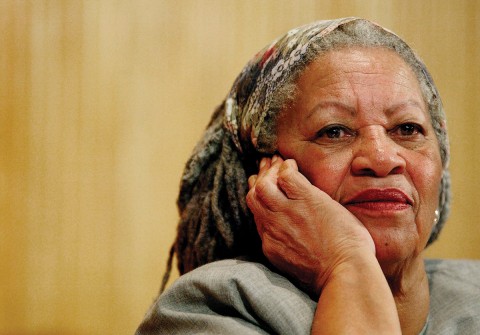The holiness of Toni Morrison’s fictional worlds
Faith, in Morrison’s novels, is about improvising a way toward freedom.

In Toni Morrison’s 2012 novel Home, Frank Money and his sister, Cee, are physically and spiritually broken when they return to the rural Georgia town where they were raised. They have come home to try to save their lives. Key to their eventual salvation are the women of the town, who receive Frank and Cee in a way that recognizes the couple as in one sense nothing special and in another sense more precious than anything in the world.
The women offer what Morrison calls a “demanding love,” a love that can heal what has been broken while helping the two tell the truth about their lives. They harshly criticize the choices Cee has made in her life. “Men know a slop jar when they see one,” they tell her. “You a privy or are you a woman?” But they also show her a delicate mercy and work to rebuild Cee in body and spirit. “You good enough for Jesus. That’s all you need to know.”
Though different in “looks, dress, manner of speech, food and medical preference,” the women speak in a collective voice. They share a way of life that is holistic, connected to the earth, ethical, and deeply religious.




